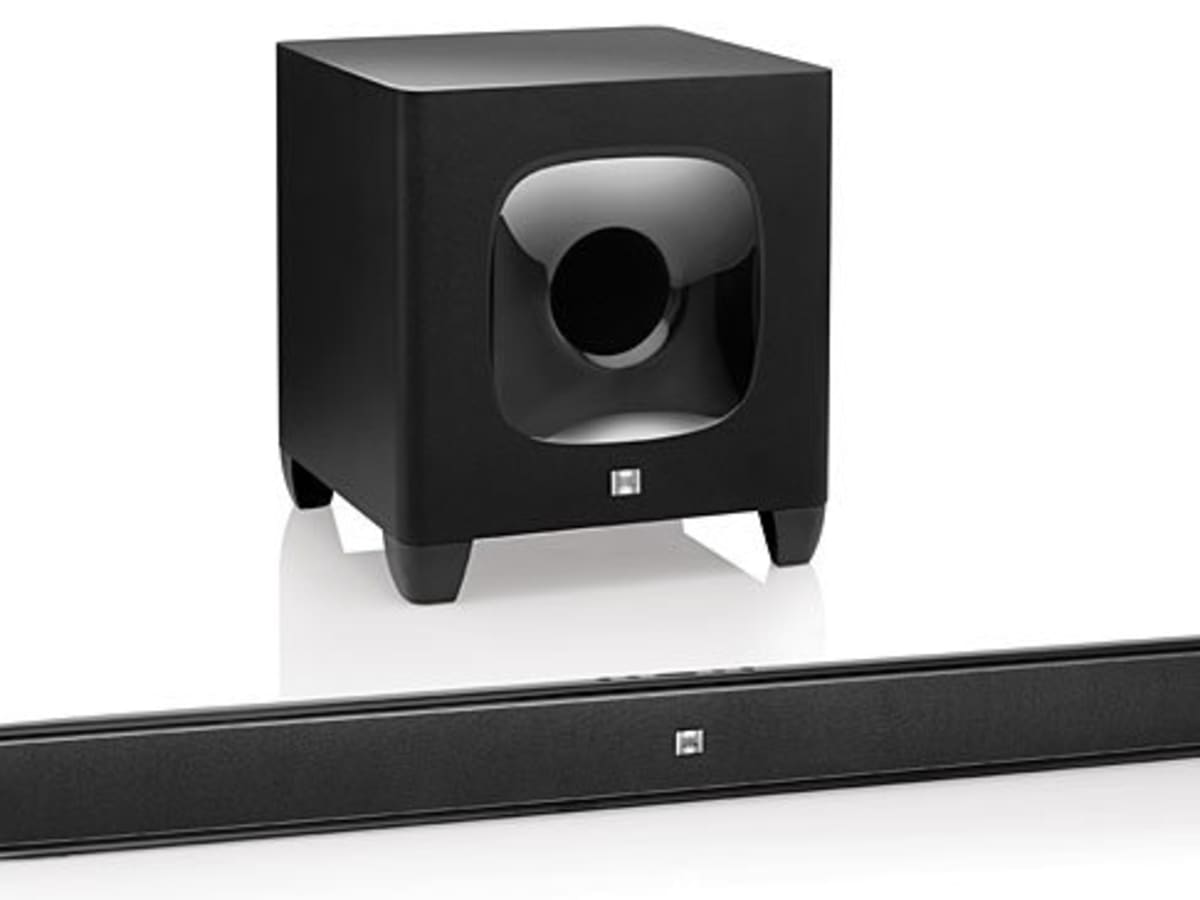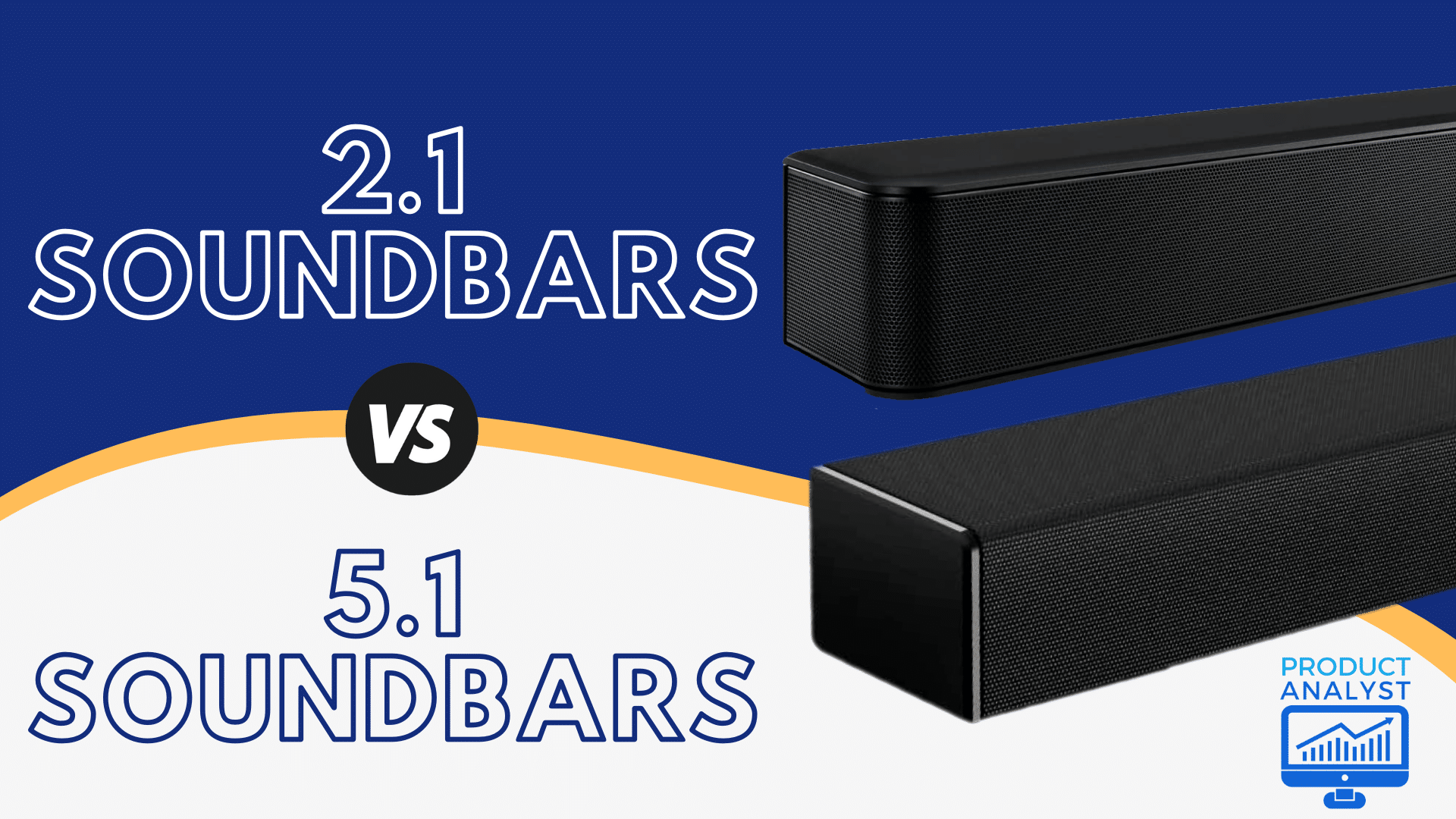

(You can read an in-depth explainer of immersive audio here.) Configuration Still, this Dolby Atmos- and DTS:X-capable soundbar doesn’t disappoint in the audio department, delivering crisp, punchy sound and tight bass, while the auto-calibration feature is a welcome bonus.
Sound bar 3.1 vs 2.1 plus#
This review is part of TechHive’s coverage of the best soundbars, where you’ll find reviews of competing products, plus a buyer’s guide to the features you should consider when shopping.

(The speakers can also be powered via USB, but doing so means they’re no longer wireless.) Another important caveat about the JBL Bar 9.1 soundbar is that it lacks many of the granular settings adored by audiophiles, save for a few settings on the remote. That’s pretty neat, but you’ll need to balance the appeal of the JBL Bar 9.1’s truly wireless speakers with the reality that they must be charged frequently. When they’re snapped into the main soundbar unit (which makes the Bar 9.1 feel like the Nintendo Switch of soundbars), the surround speakers boost the audio of the soundbar’s primary drivers. When they’re not magnetically attached to the main soundbar unit, the Bar 9.1’s compact and battery-powered surround speakers can go practically anywhere in your living room (although they’ll do best somewhere behind your sofa, of course), no power cables or other wires required. That makes the wireless surround speakers that come with the JBL Bar 9.1 notable exceptions. The horizontal layout of most centres is a compromise as well since it is better to have the tweeter vertically above the other drives and not to the side.The “wireless” surround speakers that come with many soundbars are almost never truly wireless instead, they require either power cables or a wired connection to a “wireless” sound module (which itself will need a wired power source). Hence again why not getting a centre could be a distinct advantage.

This means better sound quality from the same money. Then if you use the funds to buy 2 speakers instead of 3 then again you can get better quality speakers. If you went for a 2.1 system then you could get a stereo amp which if you bought one for the same price as an AVR you would get much better sound quality. This is because if the distance between the front L/R is not large then putting another speaker in the middle does not help much.
Sound bar 3.1 vs 2.1 tv#
The argument for not getting a centre can also be strengthened if you plan on putting the front L/R speakers close to the TV i.e. I would have a slightly different view in the fact that if you are sitting fairly central to the TV then a centre is not really needed especially if you get good speakers that can create a good stereo image. Can you get brackets to mount a centre speaker on the wall? If I did go down the 3.1 route how does the amp know you don't have rear speakers?Įdit - how easy is it to wall mount a centre speaker (i.e beneath a TV) ? I was planning to wall mount the two front speakers on brackets. I must admit I hadn't even considered 3.1 as an option, I had it in my head that it was either stereo or surround and that was that! Shows how out of touch i am!
Sound bar 3.1 vs 2.1 upgrade#
I guess it does make sense in that considering I may choose to upgrade to 5.1 going forwards, I would only need to add the rear speakers. and I glazed over a little! Was looking for some more opinions. Now I'm not an AV buff but he went into great detail about separating the dialog from the ambient sound etc. Having spoken with a friend who is up on these things, he has strongly advised me to get a centre speaker also. For one reason or another I'm shying away from a 5.1 system and was planning on going for a 2.1 setup.


 0 kommentar(er)
0 kommentar(er)
